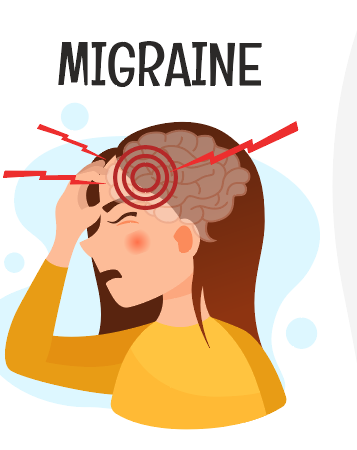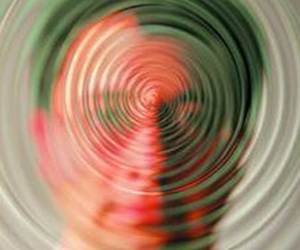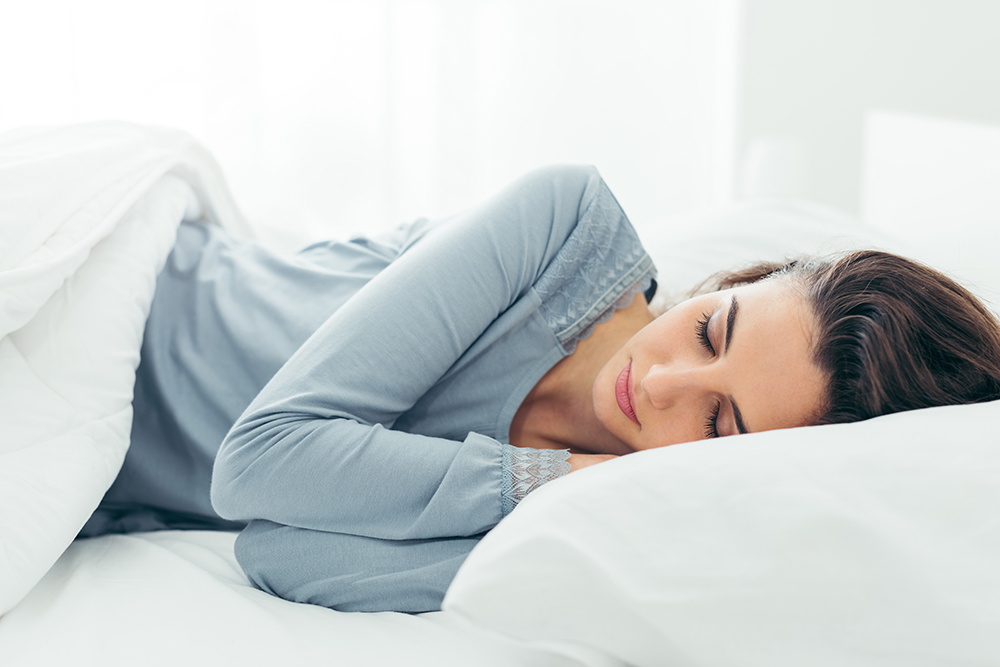A #migraine is not just a bad headache; it is a #neurological disease with extremely incapacitating neurological symptoms. About 12% of the population suffers from migraines; more specifically: 18% of American women, 6% of men, and 10% of children. It is most common between the ages of 25 and 55 and has been steadily increasing in occurrence over the past 30 years.
Surprisingly, about 90% of migraine sufferers have a family history of migraines but are often unaware until they are diagnosed. Approximately 50% of migraineurs go undiagnosed, and many self-treat or treat inappropriately for sinus or other non-migraine headaches. Although 25% of sufferers would benefit from preventive treatment, only 12% receive it.

Migraine is typically a severe, throbbing, recurrent pain—usually on one side of the head. Attacks are often accompanied by one or more of the following symptoms: visual disturbances; nausea; vomiting; dizziness; dysarthria; sensitivity to sound, light, smell, and touch; confusion; neck pain; and tingling and numbness in the extremities or face.
In 25% of migraines, the aura can occur minutes to hours before the attack. Aura presents as visual symptoms like geometric patterns, flashing lights, or blind spots; these indicate a migraine is about to strike. Attacks can last between 4 and 72 hours and are disabling. In 20% of attacks, neurological symptoms occur before the actual head pain begins. There are several types of migraines including ocular, headache, and vestibular.
Approximately 40% of migraine patients have accompanying vestibular syndrome involving disruption in their balance and dizziness during events. These patients often have vestibular symptoms that correlate with migraines such as motion intolerance like car sickness, visual motion sensitivity to busy environments, tinnitus, and spontaneous vertigo attacks like BPPV that can develop even after the migraine has passed.

Until recently, migraine was thought to have vascular origins; constriction and expansion of blood vessels were thought to be the cause. From high-tech imaging of patients during real-time migraine events, we now know that fluctuations in brain chemicals called neurotransmitters and abnormal electrical activity play a significant role in migraine attacks. The throbbing pattern of a headache has been synced with brain waves. Migraine causes aren’t understood completely, but genetics and environmental factors appear to play a role.
Treatment for migraines includes medication provided by your neurologist, but that is only one part of the story. Healthy habits and simple non-medical remedies sometimes stop migraines before they start by being aware of triggers.
The Mayo Clinic uses the acronym #SEEDS to teach people how to manage migraine pain with lifestyle and behavioral measures, as well as medication. SEEDS stands for #SLEEP well, #EAT wisely, #EXERCISE regularly, #DRINK fluids, and reduce #STRESS.

SLEEP well: establish regular sleep hours, waking up and going to bed at the same time every day. Unwind at the end of the day to help you relax. To promote better sleep, try listening to soothing music or taking a warm bath. Watch what you eat and drink before bedtime since caffeine, nicotine, and alcohol can interfere with sleep.
EAT wisely: don’t skip meals since fasting increases the risk of migraines. Avoid foods that trigger migraines such as aged cheese, chocolate, caffeine, alcohol, or drinks that contain artificial sweeteners such as aspartame. Other foods that are known triggers of migraine include certain fruits like figs, avocados, raisins, and bananas; and smoked or processed meats that contain nitrates.
It can be helpful to swap a hotdog (nitrates) for a hamburger to potentially reduce the risk of head pain. The same can be held true for cheeses – aged cheeses contain tyramine, which is an amino acid commonly found in foods known to trigger migraines. Instead, consider fresh feta, common American, or ricotta cheese. Additionally, you can swap raw veggies for pickles, since pickled foods are high in tyramine. EXERCISE regularly: regular exercise helps the body release certain chemicals that block pain signals to your brain. These chemicals can also help alleviate anxiety and depression which can make migraines worse. Maintaining a healthy weight through exercise and diet can provide additional benefits in managing migraines. Choose an exercise you enjoy such as walking, swimming, or cycling but start slowly and gradually increase your exercise.
DRINK fluids: maintaining hydration is an important part of preventing migraines. Make sure you are drinking enough water and not sugary drinks.
Reduce STRESS: manage your time wisely by delegating or dividing large projects into manageable chunks. Take breaks if you’re feeling overwhelmed to allow you to renew your energy. Relaxation with deep breathing and meditation for 10 to 20 minutes every day may also be helpful.
Migraine triggers that are less controllable include weather or barometric pressure changes. High humidity or hot temperatures can be potential migraine triggers. Bright sunlight can be a trigger, so wearing dark sunglasses is helpful. Hormonal fluctuations in women associated with menstrual cycles are another common trigger.
A healthy lifestyle and avoiding common triggers can be very helpful in managing migraines. Over-the-counter medications can be helpful but often aren’t enough. Medical management from your neurologist or pain specialist is an important part of treatment. As vestibular physical therapists, we can be helpful in managing some of the symptoms of migraine such as dizziness or vertigo attacks. We can help to develop a regular exercise program with an appropriate progression to reduce episodes of migraine. PT can provide treatment of cervical pain and muscle guarding associated with migraine symptoms.
Living with migraines is a daily challenge, but a healthy lifestyle and physical therapy can help.
Wendy Webb Schoenewald, PT, OCS
WWS Physical Therapy and Vestibular Rehabilitation
Doylestown, PA.



